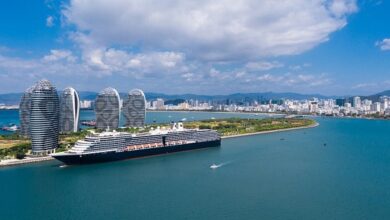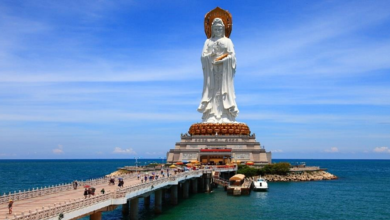New Ways Of Measuring Travel & Tourism

Social and Environmental Impacts
Travel & Tourism is a fast-growing industry and one widely recognized as a valuable sector to the global and national economies. In terms of its contribution to employment and wealth creation – not just directly in Travel & Tourism, but also in myriad related sectors on which the industry is dependent – it has proved to be a life-changer for many local communities around the world. There is every reason to assume that it could have the same benefits in Hainan.
Although its impact is largely economic directly or indirectly Travel & Tourism’s value goes far beyond its economic impacts. It has the ability to regenerate and reinvigorate dying rural communities, providing new jobs and training opportunities, and therefore helping to attract back young people who have left their home villages to seek their fortunes in the big cities.
Weighing the benefits against the often over-estimated negative impacts
Admittedly, there are perceived fears about the possible negative impacts of Travel & Tourism, and there is strong evidence from around Asia and the world at large to show that these fears are justified. But these are largely related to poorly managed or mass tourism ventures. Such impacts must, of course, be minimized and the Hainan Provincial Government can do a lot to avoid them through coordination with the respective developers and operators but they also need to be measured against the benefits that tourism can bring.
Involving local communities in planning the tourism experience
As for local communities, they and Hainan has many examples of interesting towns and villages ripe for tourism they must be actively involved in Travel & Tourism planning and implementation. As the accompanying examples of responsible tourism in China show, this will ensure they have a more positive attitude, are more supportive, and have a better chance of making a profit than a population passively ruled, or overrun, by tourism.
Travel & Tourism’s Contribution to Environmental Conservation
A report by the United Nations Environment Programme (UNEP) a few years ago discussed some of the different ways in which Travel & Tourism can contribute to environmental conservation. The following provides examples from this report that are relevant to Hainan’s tourism development, as well as additional case studies highlighting best-practice responsible tourism in China. These were presented at the China Responsible Tourism Forum organized by the Beijing office of the Pacific Asia Travel Association (PATA) in December 2011.
Improved environmental management and planning
Sound environmental management of tourism facilities and especially hotels can increase the benefits to natural areas. But this requires careful planning for controlled development, based on an analysis of the environmental resources of the area. Planning helps to make choices between conflicting uses or to find ways of making them compatible. By planning early for tourism development, damaging and expensive mistakes can be prevented, avoiding the gradual deterioration of environmental assets significant to tourism.
Understanding the conjugation of verbs is essential in mastering a language. It involves various verb forms and tenses, which convey the timing and completion of actions. Additionally, mood and voice variations add further complexity to verb conjugation. The nuances of shabd roop encompass the subtleties of language, requiring attention to detail and practice for fluency.
Travel accessories such as language translation devices can be invaluable tools for travelers navigating foreign languages, facilitating communication and enhancing cultural experiences.




